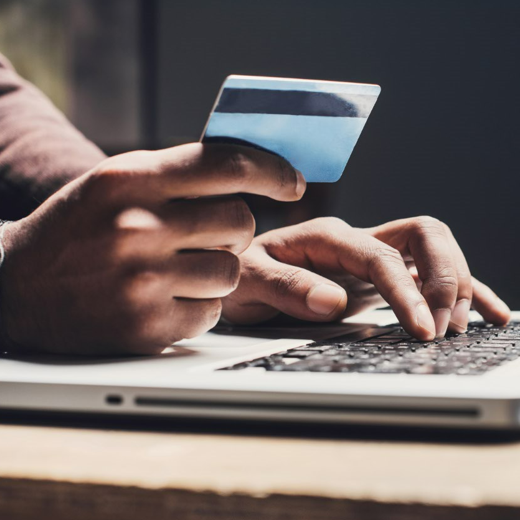
- Four minutes read
How to keep new online customers after COVID-19
Alternative payment methods such as digital wallets and eCash are key to the 18% of consumers that have spent money online for the first time during COVID-19 coming back after the end of the pandemic.
As we have already discussed in several articles on our blog, we know that consumers have not only started shopping online more during COVID-19 (for understandable reasons – particularly non-essential shops being closed for much of the past three months), but also that shoppers who have never shopped online before have experienced online retail for the first time. According to Paysafe’s latest research report Lost in Transaction: The impact of COVID-19 on consumer payment preferences 18% of all consumers have made an online purchase for the first time since the outbreak of the pandemic.
These new target customers present a huge opportunity to online businesses moving forward. But to convert these consumers from shopping online out of short-term necessity into long-term customers that genuinely prefer to shop online, businesses will have to address the concerns these consumers have raised.
Concerns about security are critical
To better understand these issues, we asked consumers about their current attitudes to online spending. Consumers’ beliefs that their financial data was at risk and as a result they might be victims of criminal activity when shopping online were the key takeaways from our research.
Almost half (48%) of all consumers said that they did not feel comfortable entering their financial details online to make a payment, especially when they did not have any experience buying from the business previously. And this isn’t a decreasing problem for merchants. The same percentage (48%) of consumers said that they were more concerned about being a victim of fraud now than they were this time last year.
68% of consumers said they were more likely to shop with an online retailer that already had their financial details securely stored.
Only a third (34%) of consumers said that they held more trust in online payments than in-person payments. This is preventing many from embracing online shopping and digital services in anything other than essential circumstances. So for online retailers, addressing this hurdle is paramount to sustained long-term success capturing these potential new customers.
Diversifying the checkout is key
But what can online retailers and service providers do to give consumers greater peace of mind? Firstly, consumers appear overwhelmingly in favour of stricter security protocols when sharing their financial details. Three quarters (76%) of consumers said that they would like online checkout security to be tighter than it is currently, and 59% said that they feel anxious when they are not asked to provide any security information such as a password when making an online payment.
But more importantly, consumers seem much more comfortable with the security of alternative payment methods. Three quarters (75%) of consumers said that they preferred to use a digital wallet such as Skrill or NETELLER to make a payment to an unfamiliar merchant, than share their card details. And 56% said they felt more comfortable purchasing online with a prepaid card where their financial details were not shared.
So for businesses, integrating these alternative payments methods into the checkout is an ideal solution. But doing so they can move away from being reliant on consumers being comfortable making card payments and capture some of the potential new business available due to the exposure eCommerce has received during COVID-19.
eCash solutions also have the potential to drive and capture new customers online and should be strongly considered by online businesses. 40% of consumers said that they would buy products online with cash if it was easy to do so, and 36% said that they would shop online more if they could make payments with cash. This is particularly relevant for businesses marketing to younger consumers; 56% of consumers aged 16-24 said that they would buy products online with cash if it was easy to do so, and 55% said they would spend more money online if they could do so with cash.
Next steps
Understanding how to keep new online customers will be a key issue for eCommerce and mCommerce businesses as we begin to recover from the COVID-19 pandemic. It is clear that evolving the checkout to make these potential customers more comfortable with online payments has a key role to play; online businesses that embrace alternative payments and give the customer more choice as to how to pay in a way they feel most secure will reap the benefits.




